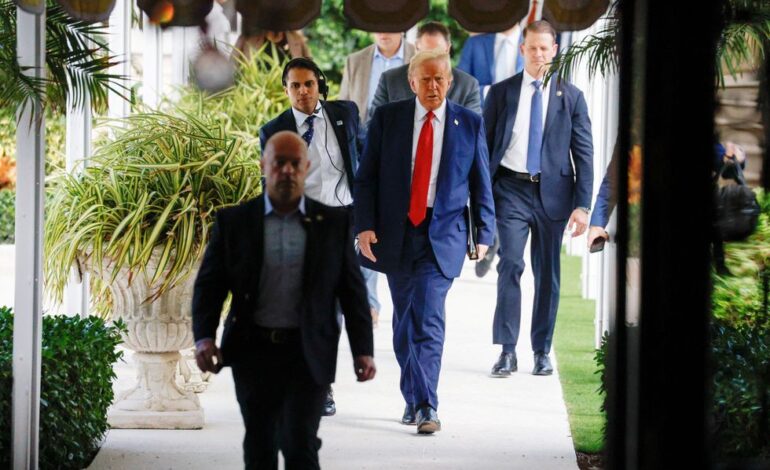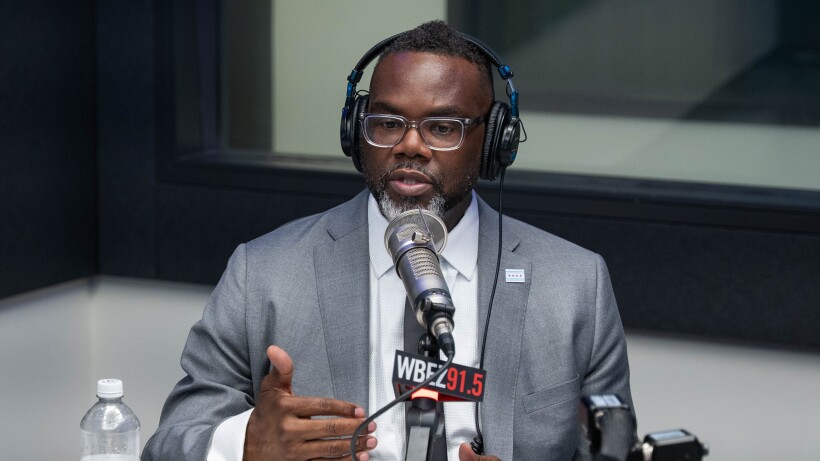Trump’s Supreme Court Arguments Challenge Military Oversight

On September 25, 2023, the Trump administration presented a legal argument to the Supreme Court asserting that no court, including the highest court in the land, can question the President’s authority to deploy military troops in U.S. cities. Trump’s legal team claimed that the President’s decision to call upon the National Guard is an essential exercise of his power as Commander in Chief, based on an explicit delegation from Congress. They argued that such a determination is not subject to judicial review, or at the very least, should receive “extremely deferential review.”
The legal filings specifically reference Trump’s deployment of the National Guard in Chicago, which they characterized as a response to “violent, organized resistance” faced by agents of the Immigration and Customs Enforcement (ICE). The attorneys pointed to a historical case, Martin v. Mott, from 1827, to support their claim that military decisions made by the President cannot be second-guessed by the judiciary. Yet, the relevance of this case has been called into question, as it did not address judicial review in the manner suggested by Trump’s lawyers.
Public sentiment largely opposes the military’s involvement in civilian affairs. Recent surveys indicate that a majority of Americans, regardless of political affiliation, are against deploying military troops in U.S. cities without a foreign threat. This resistance can be traced back to the Revolutionary War, when the colonists experienced the oppressive presence of British troops. The founders of the United States deliberately distributed power over the “militia,” now represented by the National Guard, between federal and state authorities. Article I, Section 8, Clause 15 of the U.S. Constitution grants Congress the authority to call forth the National Guard “to execute the Laws of the Union, suppress Insurrections and repel Invasions.”
In addition to constitutional provisions, the Posse Comitatus Act prohibits the use of federal armed forces for law enforcement unless explicitly authorized by the Constitution or an Act of Congress. This reflects a deep-rooted opposition in the United States to military control over civilian populations.
The Trump administration has reported exaggerated claims regarding violence during ICE protests. Officials have suggested that ICE agents face significant threats, including ambushes and violent attacks motivated by bounties from gangs and cartels. However, these assertions have been contradicted by eyewitness accounts and video evidence showing the interactions between ICE agents and protestors.
For instance, when ICE agents claimed their vehicles were attacked by protestors, footage revealed that the agents’ vehicles were the aggressors. Additionally, a Border Patrol commander acknowledged he was struck by a projectile only after his team deployed tear gas. These discrepancies raise questions about the validity of the administration’s narrative.
Both the Ninth and Seventh Circuit Appellate Courts have addressed the legality of Trump’s National Guard deployments. These courts rejected the argument that military actions are immune from judicial review. They emphasized that the statutory text outlines specific conditions that must be met before the President can mobilize the National Guard, and that the President is not the sole arbiter of these preconditions.
The Supreme Court is currently considering a case that challenges the interpretation of 10 USC 12406(3), which allows the President to call up the National Guard when he is “unable with the regular forces to execute the laws of the United States.” The implications of this case are significant, particularly in light of Trump’s history of escalating tensions during civil unrest.
The outcome may determine the extent of presidential authority in deploying military forces against American citizens. Legal analysts warn that unchecked power could lead to troubling precedents, especially given the current political climate where dissenters are labeled as “domestic terrorists.” The Supreme Court’s decision will play a crucial role in shaping the future of military engagement within civilian contexts.






